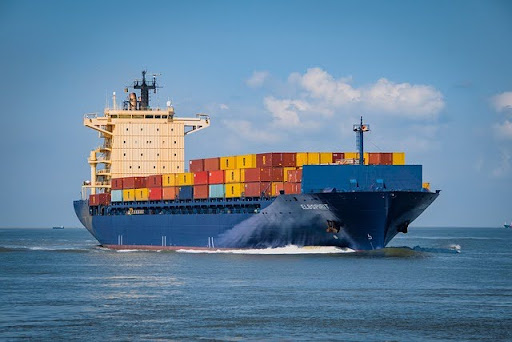
Managing global supply chains involves a complex web of logistics, especially when transporting heavy equipment. Timely delivery ensures project deadlines and keeps operations running smoothly. Efficiency in this domain becomes paramount.
What strategies can streamline these intricate processes? Utilizing cutting-edge technologies and thorough route optimization stands out as key methods. By mastering these aspects, companies enhance their competitive edge, reduce delays, and maintain consistency across diverse markets.
Assessing Transport Requirements
Understanding your transport requirements sets the foundation for efficient heavy equipment movement. Identify the size, weight, and specifications of each piece of machinery to determine appropriate handling procedures. Properly evaluating shipping container dimensions ensures that your equipment fits securely, reducing the risk of damage during transit.
Consider factors like load capacity and required protective measures for fragile parts. Matching these parameters with suitable containers streamlines operations. This approach not only saves time but also minimizes costs associated with delays or mishandling. Collaboration with engineering teams provides insights into specific needs, enabling better decisions about transportation methods.
Leveraging Advanced Technologies
The use of advanced technologies in logistics transforms the transportation of heavy equipment. Implementing GPS tracking systems enhances visibility, allowing real-time monitoring of shipments. This increased transparency helps address issues promptly, ensuring timely deliveries.
Automation tools also play a vital role in streamlining processes. Automated scheduling software optimizes route planning and load management, reducing human error and increasing efficiency. Blockchain technology ensures secure and transparent documentation, simplifying compliance with international regulations.
Adopting IoT devices offers precise data on equipment conditions during transit. These innovations provide valuable insights that improve decision-making and operational performance.
Optimizing Routes and Schedules
Route optimization is crucial for efficient heavy equipment transport. Advanced algorithms analyze variables such as distance, traffic patterns, and weather conditions to determine the most efficient paths. This strategic planning minimizes transit time and reduces fuel consumption.
Precise scheduling also plays a key role in maintaining smooth operations. Align transport schedules with project timelines to prevent bottlenecks or delays. Using data analytics enables predictive maintenance on vehicles, ensuring they operate at peak efficiency during critical deliveries.
Engage with local experts who understand regional challenges and regulations. Their insights can fine-tune routes further, enhancing reliability and punctuality across international markets. Effective route management drives both cost savings and operational success.
Navigating Regulatory Challenges
Compliance with international regulations is essential for seamless heavy equipment transport. Understanding the varying rules and standards across different regions helps avoid legal complications. Each country may have unique requirements regarding permits, safety protocols, and environmental regulations.
Maintaining accurate documentation ensures adherence to these rules. Leveraging digital platforms streamlines paperwork management, reducing administrative burdens and minimizing errors. Regularly updating your knowledge on regulatory changes keeps your operations aligned with current laws.
Partnering with local compliance experts provides additional support. Their familiarity with specific regulatory landscapes aids in smooth navigation through complex legal frameworks. This proactive approach prevents delays and maintains the integrity of global supply chains.
Partnering with Specialized Logistics Providers
Collaborating with specialized logistics providers enhances the efficiency of heavy equipment transport. These experts bring extensive experience in handling complex shipments, ensuring safe and timely delivery. They offer tailored solutions that align with specific industry requirements.
Selecting a provider skilled in your equipment type adds significant value. Their expertise includes navigating challenging terrains, managing oversized loads, and employing proper securing techniques. Access to a broad network of resources facilitates seamless cross-border operations.
Additionally, these providers utilize advanced tracking systems for real-time shipment monitoring. This visibility enables quick response to any disruptions, maintaining the flow of operations smoothly. Leveraging their capabilities ensures optimized logistics performance on a global scale.
Navigating the Future of Heavy Equipment Transport
Efficient heavy equipment transport in global supply chains hinges on precise assessment, cutting-edge technologies, and expert collaboration. Embrace these strategies to optimize operations, cut costs, and ensure reliable deliveries. Stay ahead by continually refining your logistics approach for sustained success in the international arena.
